An Indian spacecraft’s second tryst with earth’s only natural satellite in the form of the Chandrayaan-2 mission has been ongoing for some time now. What started as a joint mission with Russia has become a full-fledged Indian mission after the failure of the Russians to deliver the Lander on time and hence their withdrawal from the mission. India decided to develop the Lander on their own and continue the mission.
The mission previously planned for April 2018 was postponed to October 2018. Now the launch is again postponed to January 2019.
Mission Challenges
If trying to soft land a spacecraft on the Moon for the first time is not enough of a challenge then India has made it more challenging by attempting to land it 600kms from the south pole on a plain between the craters Manzinus C and Simpelius N. All lunar missions so far have soft landed closer to the equator and landing away from the equator is quite tricky making it a complicated mission. In such a difficult mission there are bound to be delays to ensure that all issues are ironed out.
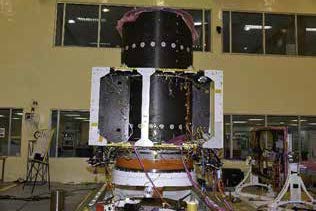
It is no doubt a challenging mission. ISRO the Indian space agency considers it as one of its most important missions too. There have been many setbacks, change of plans and delays on this mission but ISRO has moved forward with determination rather than take a step back. It may be an evidence that the agency does not want to leave anything to chance given the importance of the mission and is determined to make it successful even if it is delayed.
Previous Lunar Mission
India launched its first spacecraft to the Moon, Chandrayaan-1 in 2008. It consisted of an Orbiter and had no plans to soft land. There were 5 payload instruments from India that included an impact probe and 6 other payload instruments from various organisations including NASA and ESA on board. The spacecraft completed more than 3400 orbits of the Moon collecting lots of information and images of the lunar surface. The Moon Impact Probe which was released from Chandrayaan-1 discovered during its descent evidence of water in the thin atmosphere over the Moon’s surface. There was also more evidence of water from the other instruments the craft carried onboard.
Current Mission Plans
The second mission includes an Orbiter, Lander and a six-wheeled Rover. On this mission, the Orbiter will have 5 scientific payloads, Lander will have 4 and the Rover will have 2 instruments.
All payloads are from India and due to weight restrictions ISRO could not accommodate payloads from other organisations.
The plan is for the Orbiter along with the Lander which houses the Rover to reach a 100kms lunar orbit from where the Lander and Rover will separate and make a soft-landing near the south pole of the Moon. After landing, the Rover will move around the landing site up to a radius of 400 meters in a semi-autonomous manner collecting information and images of the lunar surface and will send it to the Lander for further relay back to earth.
The Rover powered by solar energy is expected to perform its function for around 1 lunar day or 14 Earth days.
The Lander is one of the most critical pieces of this mission. At a predefined time, it
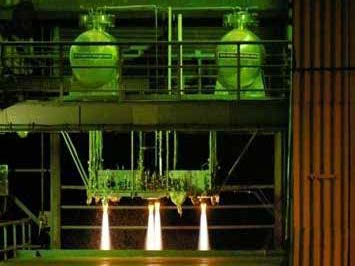
separates from the orbiter, assesses various system performances before it proceeds to land. Based on the chosen landing site, it activates its liquid engines and thrusters at the right time to reduce velocity to reach a specific altitude. Once it determines its position, vertical and horizon velocities with respect to the landing site, the Navigation, Guidance and Control (NGC) system of the Lander will correct its trajectory to land precisely at the determined landing site.
ISRO has tested the Lander’s sensors by carrying it in an aircraft at various altitudes and velocities over its Lunar Test Terrain facility which has simulated lunar terrains.
As per the fourth Comprehensive Technical Review (CTR) meeting on June 19 this year, the Lander will be reconfigured to take a 100x30kms elliptical orbit instead of the previously planned 100x100kms orbit, prior to the descent to make it a safe and soft landing. This is the reason attributed for the latest delay. This has resulted in additional 800N engine along with propellant on the Lander, new Lander leg configuration with increased base diameter from 3.6m to 4.3m to improve stability and additional support systems for power, structure and thermal control.
The number of 800N liquid engines will now be increased from 4 to 5. This has increased the weight of Orbiter, Lander and Rover from 3250 to 3850kgs. Hence the launch vehicle also will need to be changed to GSLV MK III instead of the initially planned GSLV MK II.
Director of ISRO Satellite Centre (ISAC) M. Annadurai who is retiring this month, said, “It needs four plus one, five thrusters of 800 Newtons which will be used to make it gradually come down and land on the Moon surface”.
While these issues need to be and will be ironed out, the delays to the schedule may reflect a lack of experience on the part of ISRO to perform a soft landing descent. This is the first time ISRO is attempting a soft landing of any sort and correcting these issues will be a great learning experience for ISRO.
If you have enjoyed reading this article, do take a moment to subscribe to our email newsletter here. We will not sell your email address to a third party, and you can unsubscribe at any time.
Although the engines used in the Lander and the lunar environment are specific, it will certainly be an invaluable experience that can be used in the future not only in missions to other planets and celestial bodies but also to return launch vehicle stages back to specific locations on Earth in reusable vehicles.
Lunar Test Facility
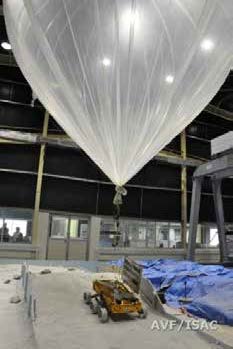
ISRO has set up a lunar test terrain facility in Challakere, Chithradurga district, Karnataka in order to test the Lander and Rover in an environment that is as close to the one on the Moon. It has made a lunar soil simulant whose properties match as close as 99.6% to those of the samples brought from Moon by Apollo missions. The simulated lunar soil and rocks are used to test the Rover.
Terrain in the facility simulates the lunar surface with artificially created craters to test the Lander. All tests, including the Lander drop test, Lander sensor performance test and the Rover mobility tests are performed in this facility. The facility also simulates lunar gravity by having a helium balloon to bear five-sixth of the Rover’s weight.
Future Lunar Plans
Aside from these Chandrayaan missions being carried out, ISRO has future plans to build outposts on the Moon. ISRO scientists have come up with 5 designs for lunar habitats and have created working models by 3D printing their design. In future missions, they expect that these lunar habitats will be built by sending 3D printers and robots to the Moon and by using the lunar soil to build them.
M. Annadurai said, “We are seriously planning to use Moon as an outpost – like missions in Antarctica. In the long run the space station is likely to be scrapped. Many countries, including the US, are considering building more permanent structures on the Moon and working out of there. When it happens, we want India to have contributed”.
Although ISRO has talked about Helium-3 isotope on the Moon, they have clearly said that it is outside the scope of the Chandrayaan-2 mission. It is too premature to talk about such Helium-3 sources since the technology to use it to generate energy seems to be years away. For the moment, let us hope that ISRO will have a successful mission without any further delays since the world will get to know a lot more about a yet unexplored part of our Moon.

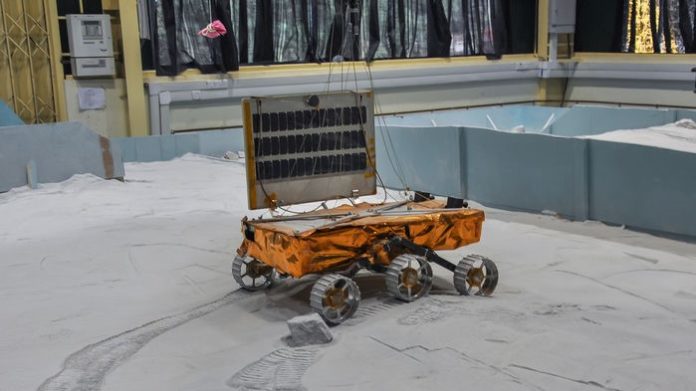
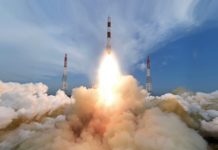
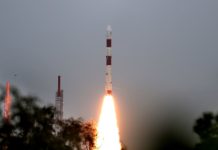
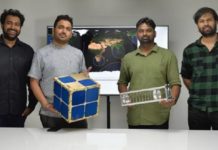



The main objectives of the Chandrayaan-2 mission are to show the ability to soft-landing on the lunar surface and then run a robotic rover on the surface. India has successfully launched the Chandrayaan-2 mission on July 22, 2019, and is now on its way to the moon and it’s going to be a soft landing. The main scientific goals include the studies of lunar topography, mineralogy, elemental abundance, the lunar exosphere and the signatures of hydroxyl and water ice.
This is a great achievement that India has successfully launched the Chandrayaan-2 mission on July 22, 2019, and is now on its way to the moon and it’s going to be a soft landing. The main objectives of the Chandrayaan-2 mission are to show the ability to soft-landing on the lunar surface and then run a robotic rover on the surface.